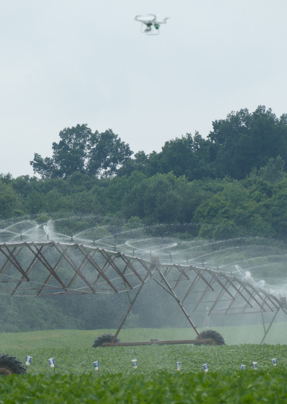
Before you put the pivot away for the season, use a camera or drone video of pivot water patterns and pipe leaks to greatly help winter irrigation repairs.

Before you put the pivot away for the season, use a camera or drone video of pivot water patterns and pipe leaks to greatly help winter irrigation repairs.

CBD hemp harvest is underway for some growers, while others expect to harvest all the way into October.
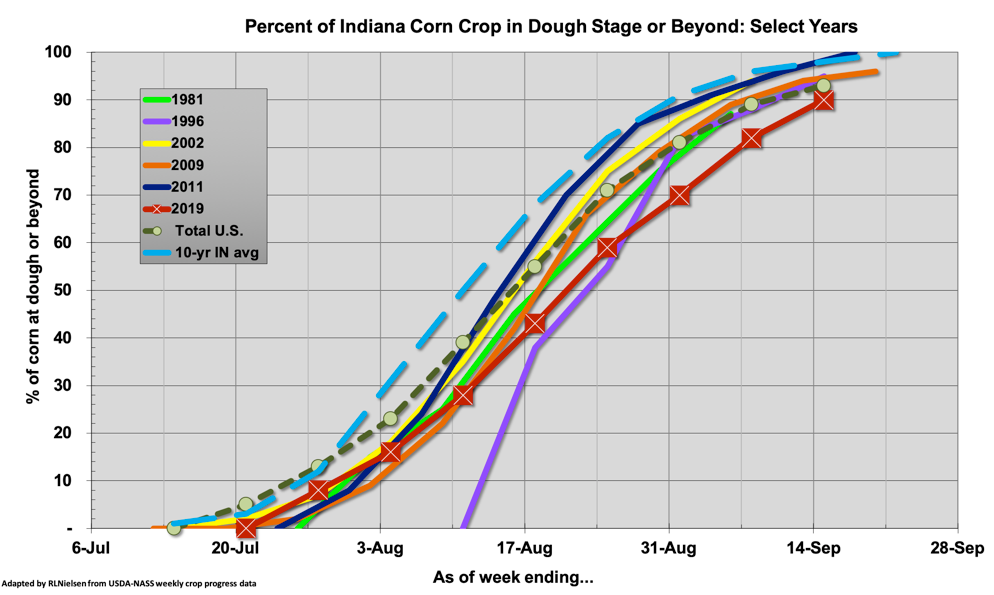
Given the near record late planting of the 2019 Indiana corn crop and the continuing agony of delayed development of the crop, much of the coffeeshop talk down at Cecil’s Corner Cafe in recent weeks has centered on the risk of the late crop not maturing before a light frost damages the crop or an outright lethal freeze (28F) kills the crop.
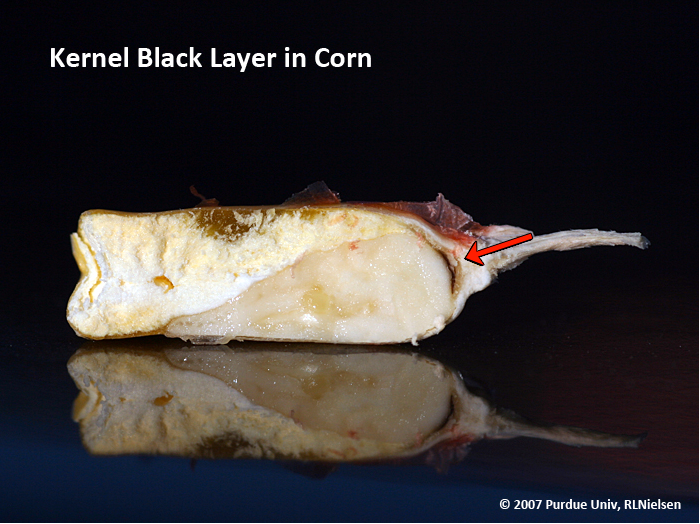
Delayed planting of corn in the upper Midwest often increases the risk that the grain will not mature prior to a killing fall freeze. Physiological maturity occurs near the time the so-called “black layer” develops at the tips of the kernels where they connect to the cob (Nielsen, 2019a).
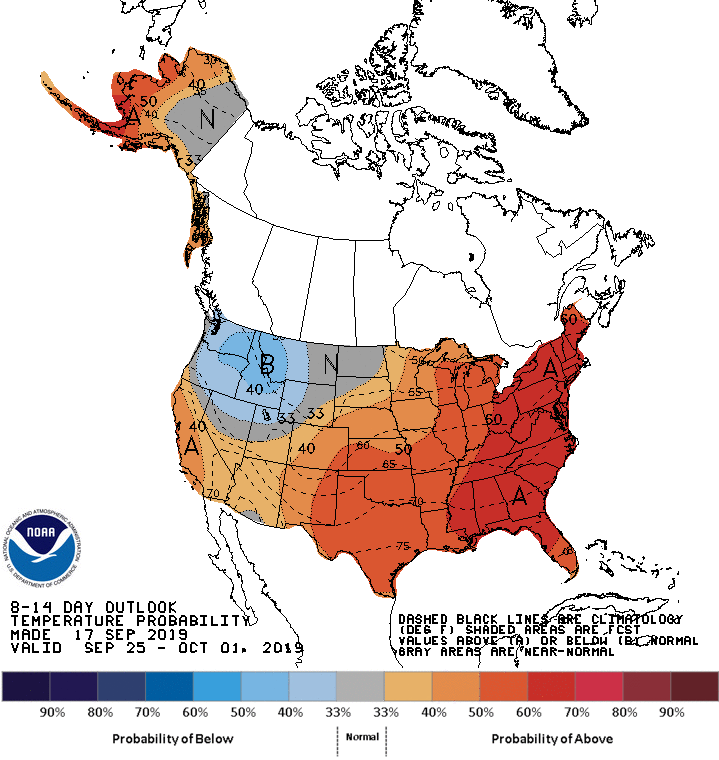
Warmer and wetter than normal. That’s the climate outlook through the end of this month.
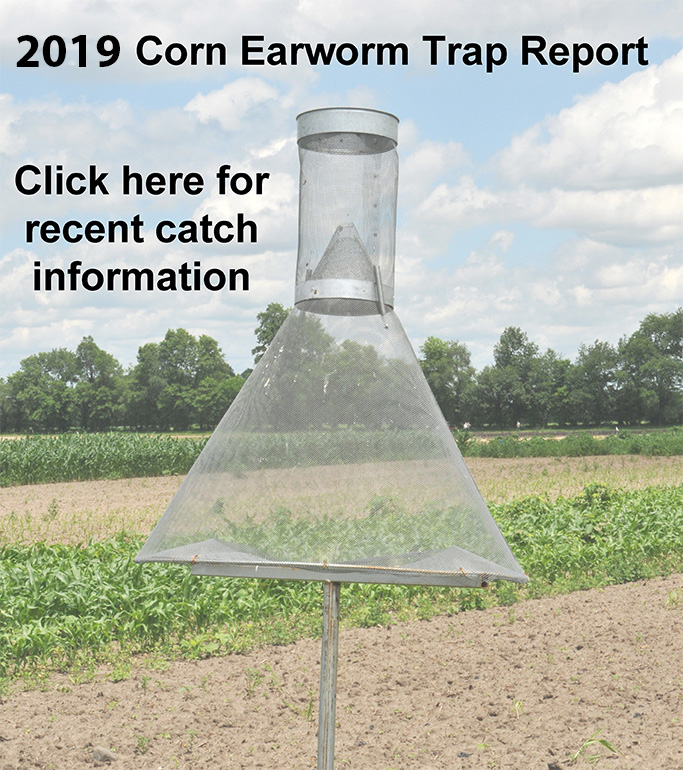
2019 Corn Earworm Trap Report
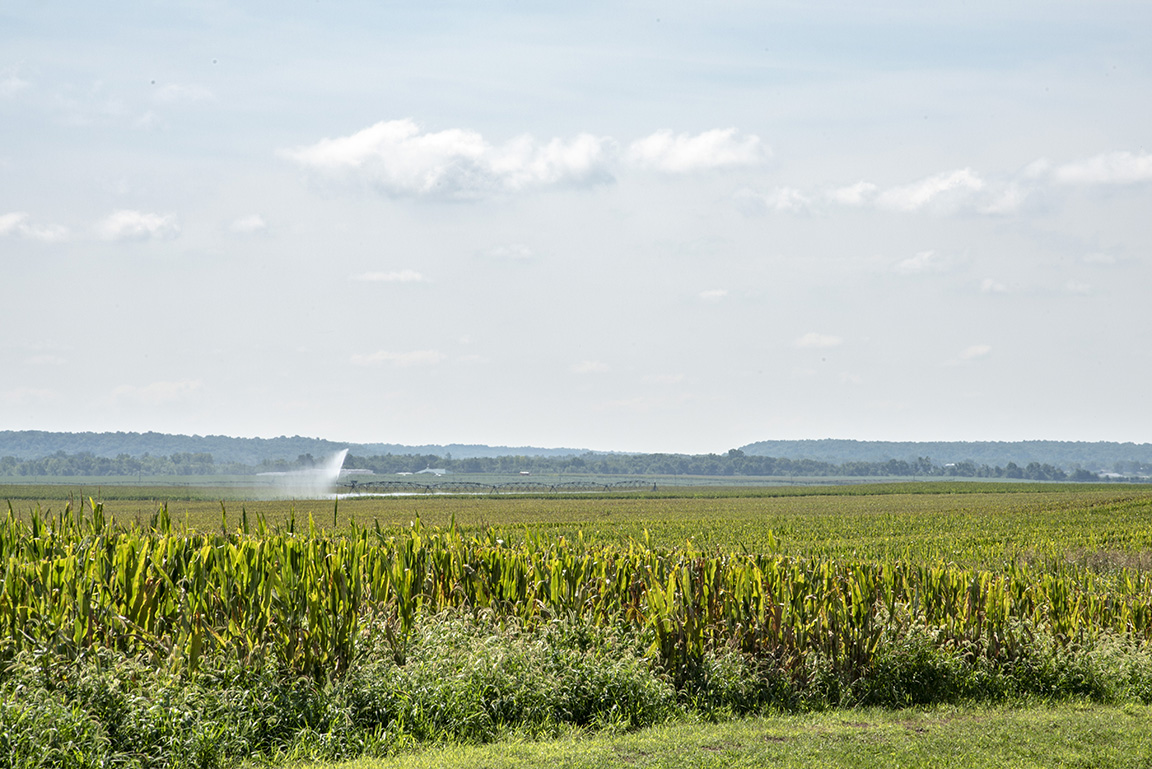
Early September often brings an end to crops irrigation needs, but late planting and a cool growing season has resulted in delays of crop development of a month (or more) in some fields in 2019.
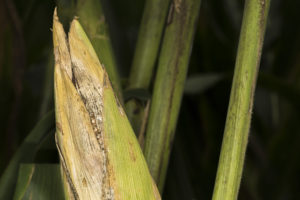
Samples to the Purdue Plant and Pest Diagnostic Lab, emailed pictures, and field visit observations confirm that corn ear caterpillars are still active in occasional fields throughout the state. With late, and staggered, planting of corn fields and the various hybrid maturities, some fields have become a “trap crop” for late-flying, egg laying moths.

The initial cool wave of September is likely over as we welcome warmer temperatures for the next several weeks.

2019 Corn Earworm Trap Report
© 2026 Purdue University | An equal access/equal opportunity university | Copyright Complaints | Maintained by Pest&Crop newsletter
If you have trouble accessing this page because of a disability, please contact Pest&Crop newsletter at luck@purdue.edu.